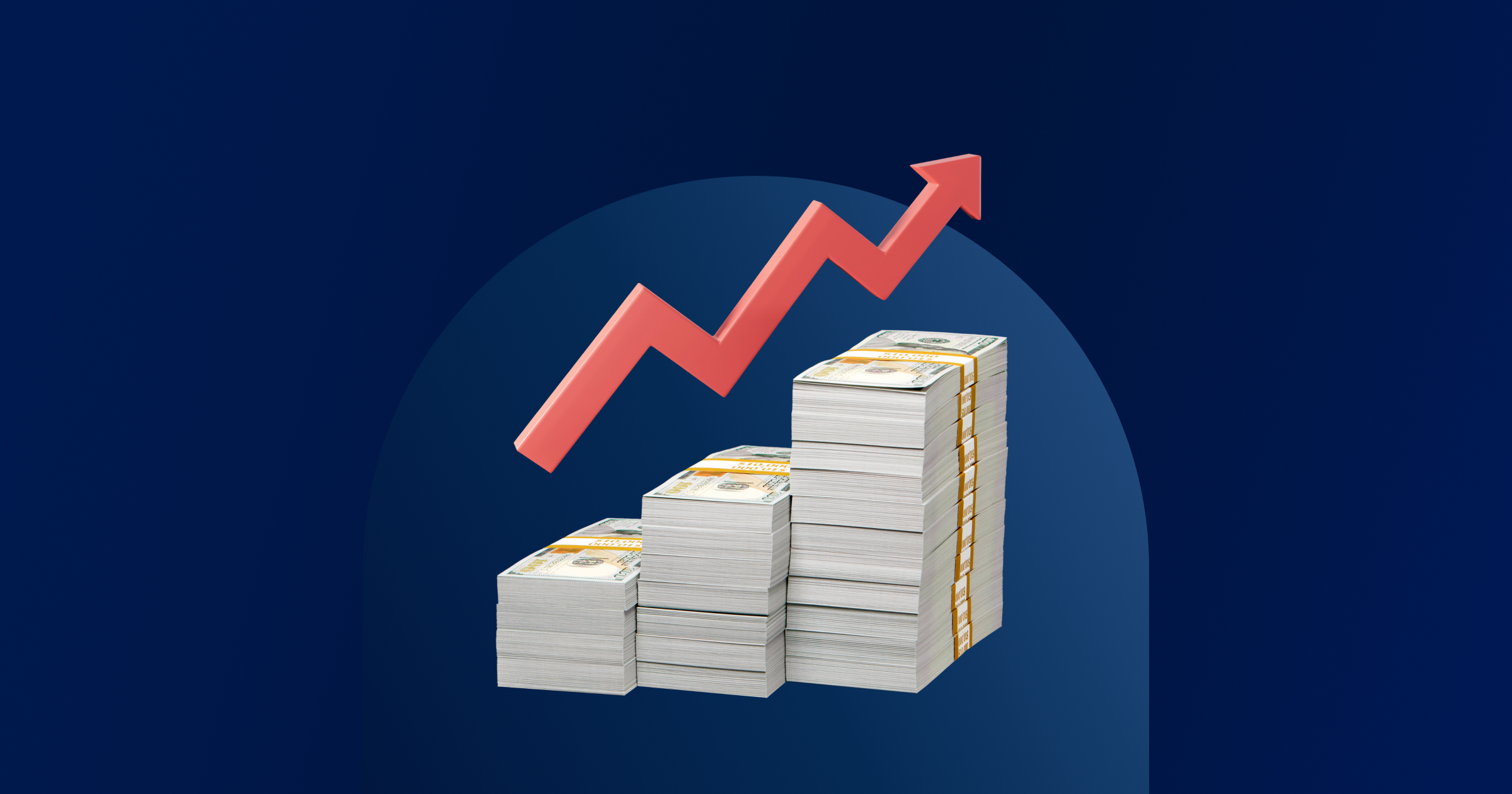
CD Ladder Calculator
A CD ladder is a savings strategy where you split your money across multiple certificates of deposit (CDs) with different maturity dates. This calculator helps you build a CD ladder that gives you regular access to your money while earning higher interest rates typically offered on longer-term CDs.
What is a CD ladder?
A CD ladder is a way to invest in multiple CDs with staggered maturity dates. Instead of putting all your money in one CD, you spread it across several CDs that mature at different times. This approach offers three main benefits:
- Regular access to your money as CDs mature
- Higher interest rates on longer-term CDs
- Protection against rate changes in the market
For example, if you have $10,000 to invest, you could split it into four $2,500 CDs with different terms: 3 months, 6 months, 9 months and 12 months.
As each CD matures, you can either withdraw the money or reinvest it in a new CD, depending on your goals and the current interest rates.
How to use this CD ladder calculator
To build your CD ladder:
- Enter your total deposit amount. This is the total amount you want to invest across all CDs in your ladder.
- Select your minimum CD term. Choose the shortest CD term you want in your ladder (typically 3 months to 1 year).
- Choose your maximum CD term. Select the longest CD term for your ladder (typically 2 to 5 years).
The calculator will show you two ladder options: a conservative ladder and a moderate ladder. The conservative ladder emphasizes more frequent access to your money with shorter terms, while the moderate ladder aims for higher yields with longer average terms.
Each option will show you how your money could be divided up among various CDs, when each CD will mature and your estimated interest earnings.
Building an effective CD ladder
First, start with your goals. If you need regular access to your money, choose shorter intervals between maturity dates. If you're focusing on maximizing returns, you may want to opt for longer terms with potentially higher rates.
You’ll also want to think about your total investment. Most banks require minimum deposits of $500 or more for each CD. For example, if you want a five-rung ladder, you'll typically need at least $2,500 to start.
Lastly, watch interest rate trends. In a rising rate environment, you might want shorter terms to reinvest at higher rates sooner. When rates are falling, consider locking in longer-term CDs at the current higher rates.

